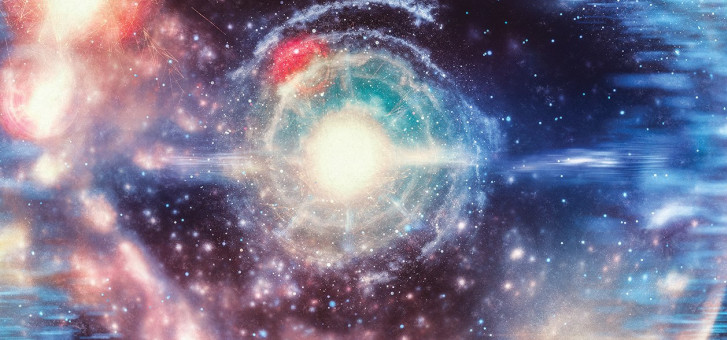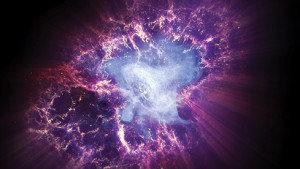The cosmic home that we live in is astonishingly beautiful and vast. Just think of the pictures of exquisite planets, galaxies and nebulae that NASA has beamed home for us. Pause for another moment to reflect on the fact that the observable universe is 93 billion light years across. The reality, though, is that there is a vast realm of cosmic space and time beyond the observable universe which we will never be able to peer into, even with the most powerful telescopes that we could ever build.
A brief history of cosmology
For thousands of years, some of the greatest minds in the world believed that the universe has always been here. This included the Greek philosopher Aristotle, but goes back even further to Babylonian and Hindu myths. If the universe has always been here, it seems fairly easy and straightforward to conclude that the universe did not need to have a cause. Problem solved. But is it really that easy? Doesn’t your curiosity invite you to dig deeper?
In 1714, it was this curiosity that led German mathematician Gottfried Liebniz to mull over the fundamental question: Why is there something rather than nothing? Surely it is possible that, at some point, the universe did not exist. But if that is the case, then where did it come from and why is it here?
To read more, go to https://signsofthetimes.org.au/2021/02/where-did-the-universe-come-from/





